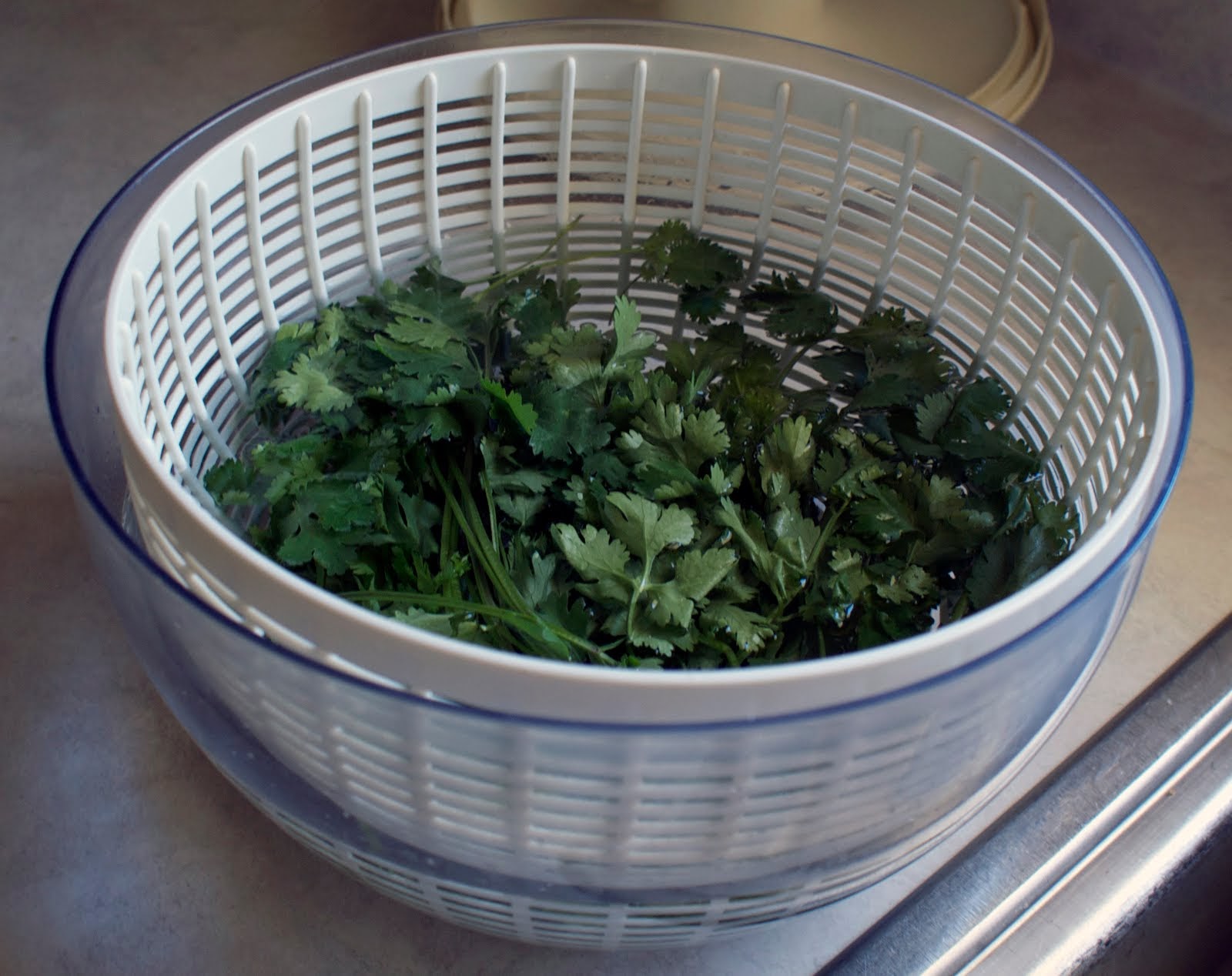Home>Gardening & Outdoor>Plant Care & Gardening Tips>How To Leave Wildflower For The Fall


Plant Care & Gardening Tips
How To Leave Wildflower For The Fall
Modified: October 20, 2024
Discover expert plant care and gardening tips for leaving wildflowers in the fall. Learn how to prepare your garden for the changing season and ensure your wildflowers thrive.
(Many of the links in this article redirect to a specific reviewed product. Your purchase of these products through affiliate links helps to generate commission for Storables.com, at no extra cost. Learn more)
Introduction
Welcome to the wonderful world of wildflowers! As summer fades and the crisp air of fall begins to settle in, it’s time to prepare your garden for the changing season. Wildflowers, with their vibrant colors and natural allure, bring a touch of untamed beauty to any landscape. In this article, we’ll explore the art of leaving wildflowers for the fall, providing you with the knowledge and tips to ensure your wildflower garden thrives during this transitional period.
Wildflowers are a delightful addition to any garden, offering a sense of whimsy and a connection to nature’s untamed spirit. As the seasons shift, understanding how to care for these unique blooms becomes essential for maintaining their health and vibrancy. Whether you’re a seasoned gardener or just starting out, this guide will equip you with the expertise to nurture your wildflowers through the fall season.
So, grab your gardening gloves and let’s delve into the enchanting realm of wildflowers, learning how to leave them for the fall with confidence and finesse.
Key Takeaways:
- Embrace the wild beauty of fall by observing, nurturing, and appreciating the unique charm of wildflowers. Support pollinators and prepare for spring to ensure a thriving garden.
- Transitioning wildflowers in the fall requires gentle care, from adjusting watering schedules to appreciating the fading beauty. Preserve and prepare for a vibrant garden in the coming year.
Read more: When To Plant Wildflower Seeds In The Fall
Understanding Wildflowers
Before delving into the specifics of caring for wildflowers in the fall, it’s essential to understand the nature of these captivating blooms. Wildflowers encompass a diverse array of flowering plants that grow in the wild, often thriving in natural habitats without human intervention. These resilient plants have evolved to adapt to various environmental conditions, making them well-suited for a range of climates and soil types.
One of the most appealing aspects of wildflowers is their ability to attract pollinators such as bees, butterflies, and hummingbirds, contributing to the overall biodiversity of a garden. Additionally, their low-maintenance nature and striking aesthetic appeal make them a popular choice for gardeners seeking to create a naturalistic and ecologically beneficial landscape.
Wildflowers come in a kaleidoscope of colors, shapes, and sizes, adding a sense of spontaneity and wild beauty to any outdoor space. From the cheerful blooms of black-eyed Susans to the delicate petals of wild lupine, each species brings its own unique charm to the garden. Embracing the untamed allure of wildflowers allows gardeners to create a dynamic and ever-changing tapestry of natural beauty.
When left to thrive in their natural habitat, wildflowers contribute to the local ecosystem by providing food and shelter for wildlife, supporting the delicate balance of nature. Understanding the ecological role of wildflowers can deepen our appreciation for these enchanting plants and inspire us to cultivate and preserve their presence in our gardens.
As we prepare to transition our gardens for the fall, it’s important to recognize the resilience and adaptability of wildflowers. By embracing their wild nature and understanding their unique characteristics, we can create a harmonious environment that celebrates the beauty and diversity of these extraordinary plants.
Preparing Your Garden for Fall
As the vibrant hues of summer gradually yield to the golden tones of autumn, it’s time to prepare your garden for the seasonal transition. Before focusing on the specific care of wildflowers, it’s essential to ensure that your garden as a whole is ready for the changing conditions. Here are some key steps to prepare your garden for fall:
- Clean Up: Start by removing any spent annuals and clearing away debris from the garden beds. This will help prevent the accumulation of pests and diseases as the cooler weather sets in.
- Pruning: Trim back any overgrown or unruly plants to tidy up the garden and promote healthy growth in the coming season.
- Soil Care: Consider conducting a soil test to assess its nutrient levels. Fall is an ideal time to amend the soil with organic matter to replenish nutrients and improve its structure.
- Planting Bulbs: If you plan to incorporate spring-blooming bulbs into your garden, such as tulips or daffodils, fall is the perfect time to plant them. This proactive step will ensure a stunning display of flowers in the following spring.
- Mulching: Apply a layer of mulch to insulate the soil and protect plant roots from fluctuating temperatures. Mulch also helps retain moisture, which is particularly beneficial as the weather becomes cooler.
By tending to these foundational tasks, you’ll create a nurturing environment for your wildflowers and other garden plants as they transition into the fall season. With the groundwork laid for a healthy garden, you can now focus on the specific care and maintenance of your wildflower blooms.
Before leaving wildflower for the fall, make sure to cut back any dead or spent flowers to encourage new growth. This will help the plant prepare for the colder months and come back strong in the spring.
Tips for Transitioning Wildflowers
Transitioning wildflowers from the bountiful days of summer to the cooler, more subdued atmosphere of fall requires thoughtful consideration and gentle care. Here are some valuable tips to ensure a smooth and successful transition for your wildflower garden:
- Observation is Key: Take the time to observe your wildflowers and note their growth patterns and overall health. This will help you identify any specific needs or potential issues as the season changes.
- Gradual Watering Adjustments: As the weather cools, adjust your watering schedule to align with the changing needs of your wildflowers. While they may require less frequent watering in the fall, it’s important to monitor soil moisture and provide hydration as needed.
- Deadheading Spent Blooms: Regularly deadhead faded blooms to encourage continued flowering and prevent the formation of seeds. This practice redirects the plant’s energy into producing new blooms and maintaining a neat appearance.
- Resist the Urge to Trim: Unlike traditional garden plants that benefit from a thorough fall pruning, wildflowers often perform best when their foliage is left intact. The dried stems and seed heads can provide valuable food and shelter for wildlife throughout the winter.
- Protect from Frost: Keep an eye on the weather forecasts and be prepared to protect tender wildflowers from early frosts. Covering delicate plants with a breathable fabric or gently relocating potted specimens indoors can safeguard them from potential damage.
- Consider Native Varieties: If you’re planning to add new wildflowers to your garden, consider incorporating native species that are well-adapted to the local climate and provide essential resources for native wildlife.
By implementing these tips, you can effectively guide your wildflowers through the seasonal transition, setting the stage for a vibrant and resilient garden as the days grow shorter and the air becomes crisper. Embracing the unique needs of wildflowers during this period will foster a thriving and dynamic garden that continues to captivate and inspire.
Caring for Wildflowers in the Fall
As the summer blooms begin to wane and the autumn breeze carries a hint of change, it’s essential to adapt your wildflower care routine to suit the evolving seasonal conditions. Caring for wildflowers in the fall involves a delicate balance of nurturing their natural beauty while preparing them for the dormancy of winter. Here are some essential practices to ensure the well-being of your wildflowers during this transitional period:
- Monitor Soil Moisture: Keep a close eye on soil moisture levels, adjusting your watering frequency as needed. While the cooler temperatures may reduce the overall water requirements, periods of drought can still occur, especially in regions with sporadic fall rainfall.
- Support Pollinators: Wildflowers play a crucial role in supporting pollinators, even as the season changes. By maintaining a diverse array of wildflowers and avoiding excessive tidying, you can provide essential foraging opportunities for bees, butterflies, and other pollinating insects.
- Seed Collection: If you have specific wildflower species in your garden that produce seeds, consider collecting and storing them for future propagation. This not only allows you to preserve your favorite wildflowers but also provides an opportunity to share seeds with fellow gardening enthusiasts.
- Appreciate the Fading Beauty: As the wildflowers gracefully transition from their peak bloom to dormancy, take the time to appreciate the changing colors and textures in your garden. The captivating allure of seed heads and the golden glow of fading foliage add a unique charm to the fall landscape.
- Prepare for Spring: Some wildflowers benefit from fall planting, allowing their seeds to naturally stratify over the winter months. Research the specific requirements of the wildflower species in your garden to determine if fall planting is suitable for their propagation.
By embracing these practices, you can nurture your wildflowers through the autumn season, fostering their resilience and ensuring a bountiful display of blooms in the coming year. Caring for wildflowers in the fall is a harmonious blend of preservation and preparation, honoring the ephemeral beauty of the present while sowing the seeds for future floral abundance.
Conclusion
As we bid farewell to the exuberance of summer and embrace the gentle transition of fall, the art of leaving wildflowers for the autumn season becomes a captivating journey of care and appreciation. Understanding the unique nature of wildflowers and preparing your garden for the seasonal shift sets the stage for a seamless and enchanting transition. By observing, nurturing, and respecting the natural rhythms of these resilient blooms, you can cultivate a garden that flourishes amidst the changing seasons.
Transitioning wildflowers is a delicate dance between preservation and adaptation. As the days grow shorter and the temperatures mellow, our approach to wildflower care evolves to reflect the shifting needs of these captivating plants. Embracing the wild beauty of these blooms and supporting their vital role in the ecosystem enriches our connection to the natural world and fosters a garden that teems with life and vitality.
As you tend to your wildflowers in the fall, remember to savor the fleeting moments of autumnal splendor. The golden glow of fading blooms, the rustle of fallen leaves, and the promise of new growth encapsulate the essence of this transformative season. By caring for your wildflowers with attentiveness and respect, you contribute to the enduring legacy of these enchanting plants and create a haven for wildlife in your garden.
So, as you embark on this autumnal journey with your wildflowers, may your garden be a tapestry of natural beauty, a sanctuary for pollinators, and a source of inspiration for all who behold it. Let the wildflowers weave their magic, and may your garden flourish in the gentle embrace of fall.
Frequently Asked Questions about How To Leave Wildflower For The Fall
Was this page helpful?
At Storables.com, we guarantee accurate and reliable information. Our content, validated by Expert Board Contributors, is crafted following stringent Editorial Policies. We're committed to providing you with well-researched, expert-backed insights for all your informational needs.















0 thoughts on “How To Leave Wildflower For The Fall”